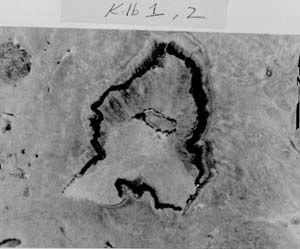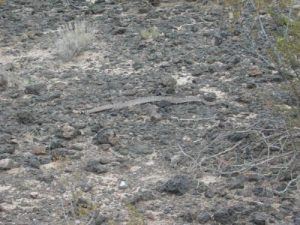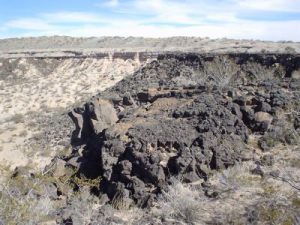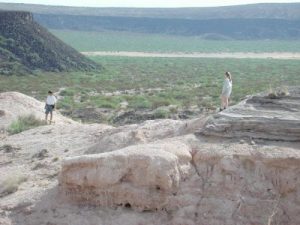Kilbourne Hole - Member Hike
| Hike Name: | Kilbourne Hole |
|---|---|
| Country: | United States |
| State: | New Mexico |
| Nearby Town: | Las Cruces |
| Rating: |  |
| Directions: | Follow NM 28 west til it veers north. Head west at the intersection of NM 28 and NM 273 (McNutt Road) This is McNutt Road, the major road of the county, travelling roughly parallel to the course of the Rio Grande. You will be driving through pecan orchards and cotton fields. Follow McNutt west to La Union, where McNutt veers south. At this turn of McNutt, turn north on Alvarez and follow Alvarez north through La Union. You will pass the Mercantile road, La Union road on the way through La Union. Pavement ends on Alvarez at Short St. Continue north on Alvarez, a dirt road. Don't take El Chavo, a gravel road. Alvarez will continue northward, but a fork in the road westward, labelled County A-20 will head over the sand bluffs which rise 50 feet above the Rio Grande flood plain. Take A-20 west. Follow the graded road to two cattle guards which surround a crossing of the Union-Pacific railroad line, which runs from El Paso through New Mexico and westward. Cross over the first cattle guard, the railroad track, and the second cattle guard. Immediately after the second cattle guard, take the graded road northwestward. This road runs parallel to the railroad line. The graded road hits a cattle guard at County Road 014, heading west. Turn west onto Road 014. Kilbourne hole and Hunt's hole are west 12 miles. Stay on the graded road. The surface is a hard-pan called caliche which stays drivable; apparently the road is maintained for the benefit of the ranchers here. The eastern-most lava dike is 3 miles from the foot of the crater. A rise in the land to the north of the road, and a mile from the dike is the eastern lip of the crater. It is a fine walk across the desert to the lip, which is a sand dune which rises 100 feet above the desert floor. |
| Total Hike Distance: | 7.00 miles |
| Hike Difficulty: | Easy to Moderate |
| Permit Required: | No |
| Hike Type: | Roundtrip, Loop Hike |
| Hike Starts/Ends: | S.W. Lip of Crater |
| Trails Used: | There are several unmarked and unnumbered trails in this area. It is BLM land, so hike wherever you like. |
| Backcountry Campsites: | No |
| Backcountry Water Sources: | None |
| Management: | Bureau of Land Management |
| Contact Information: | New Mexico BLM Office 505-438-7400 |
| Best Season: | Spring, Summer, Fall |
| Users: | Hikers, Bikers, Dogs, Horses |
| Road Conditions: | Primary Paved Roads, Secondary Paved Roads, Maintained Gravel or Dirt Roads, Unmaintained Gravel or Dirt Roads |
| Hike Summary: | Kilbourne's Hole is a Maar volcano. I'm not positive what that means, but geologists from all over the Southwest have fits of ecstasy when they get to the Hole. It is a crater approximately 2 by 1.6 kilometers, with a very rough road leading down into the bottom. A lake forms in the bottom during the wet season, but don't count on it for water. Several varities of rattlesnake are common here, including the blacktail and Mojave, both of which are know to be aggressive. Cell phone service does not exist in this area, so bring whatever you may need with you. Several types of gem-quality stones exist in the Hole, which is the primary reason for most people coming to the hole. Lava flows are evident in several places, as are massive piles of volcanic ash, and a huge sand dune over 100 feet tall. An old corral sits in the bottom of the hole, and the foundations of several shacks of some type are still evident. This isn't the most beautiful hike in New Mexico, but it is definitely unique, and apparently Kilbourne's Hole, and the nearby Hunt's Hole (3 kilometers SW) are among the largest of their type in the United States. If for no other reason than that, take the time to see these if you get to the area. |







There are no comments yet.